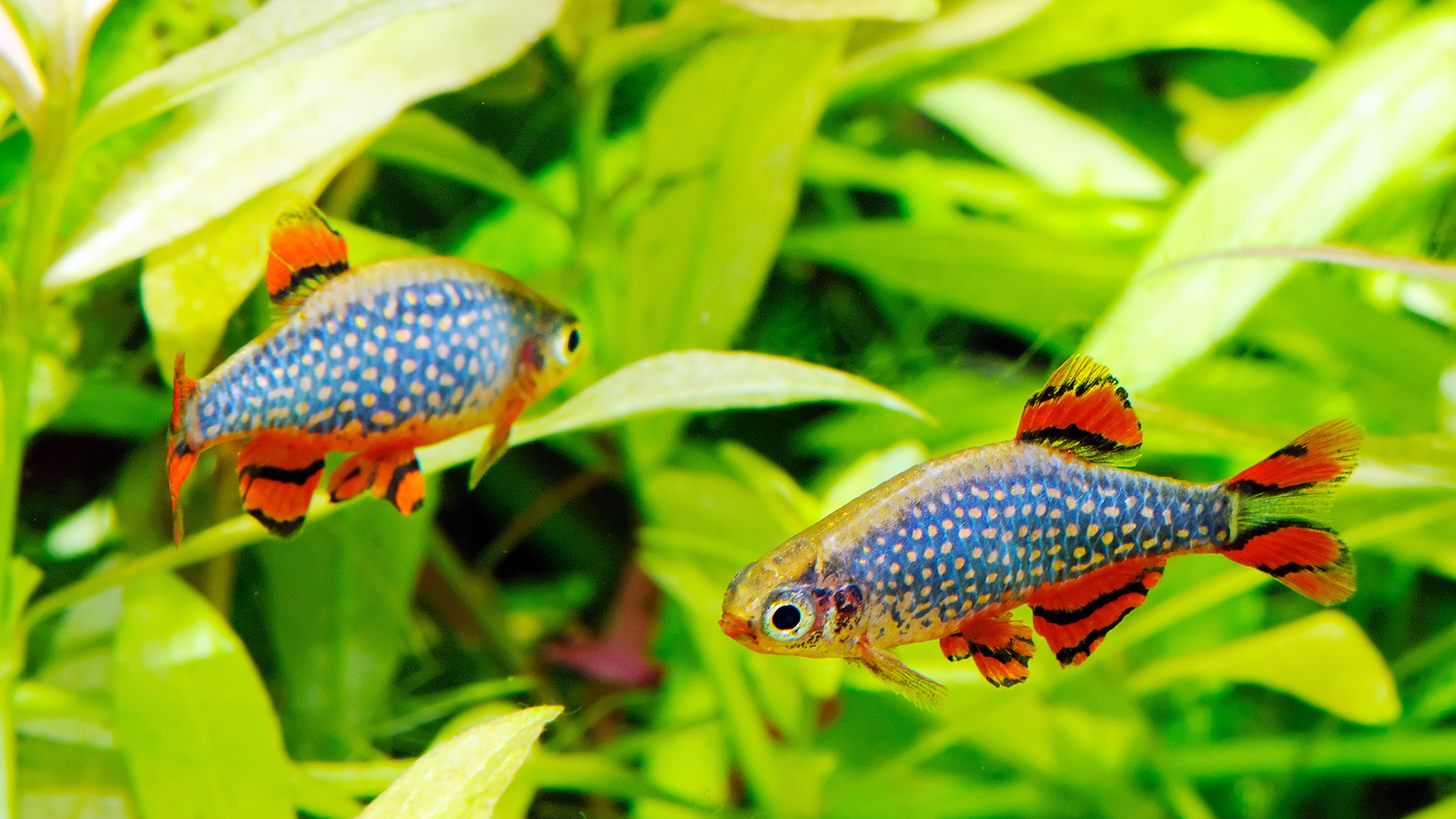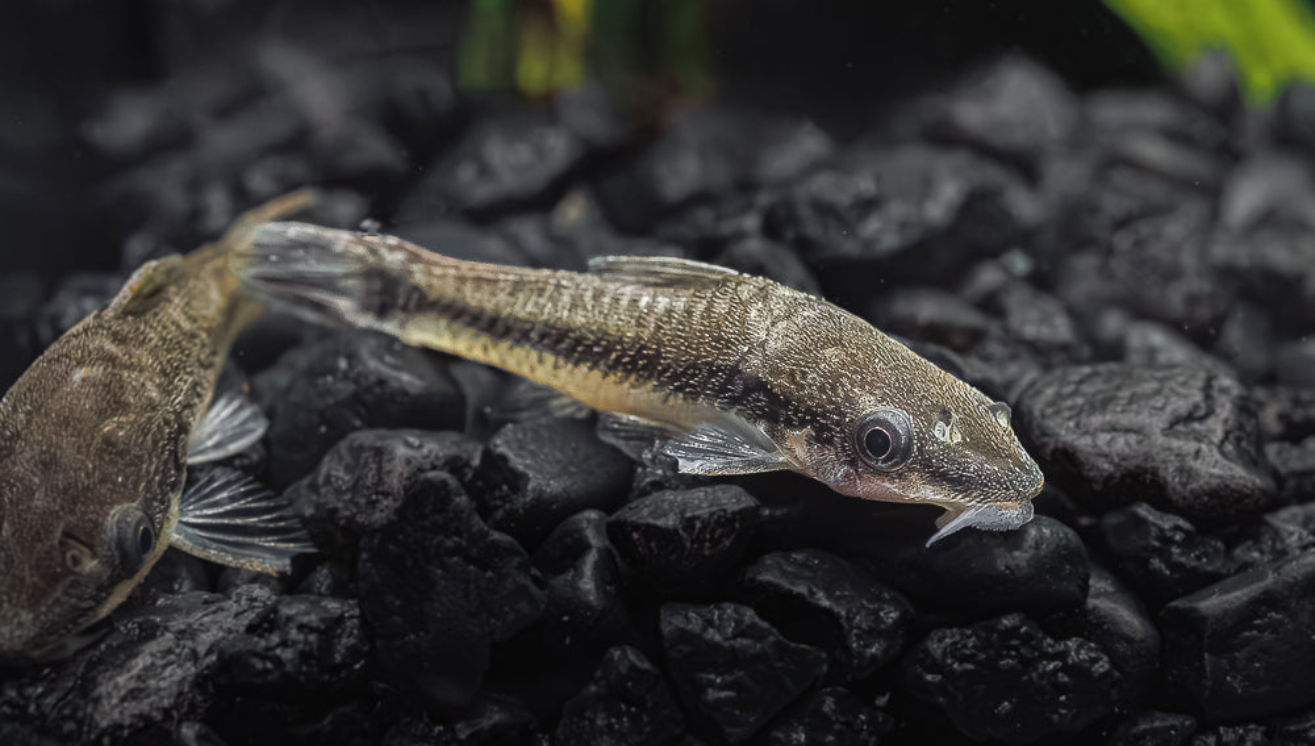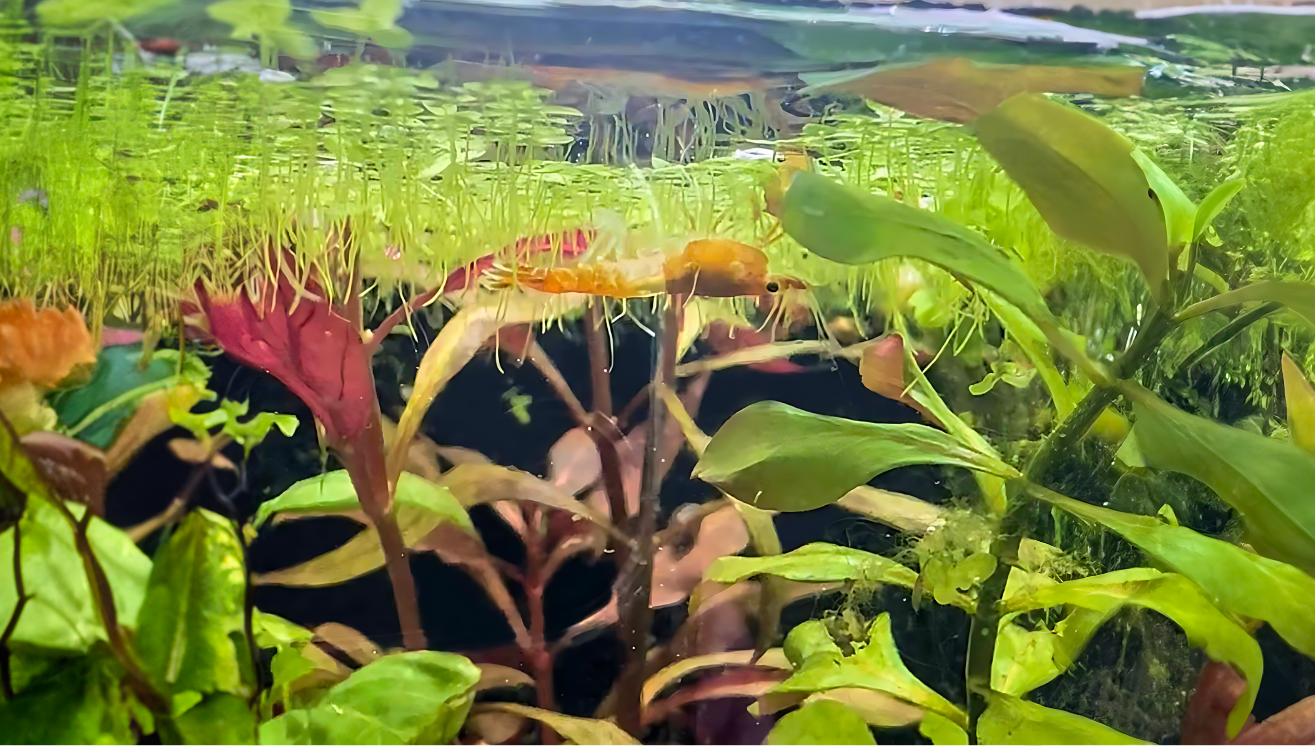Your Cart is Empty
🚚 Flat-Rate FedEx Priority Overnight — Just $26.99 (Limited-Time Special!) | FREE over $200
🚚 Flat-Rate FedEx Priority Overnight — Just $26.99 (Limited-Time Special!) | FREE over $200
🚚 Flat-Rate FedEx Priority Overnight — Just $26.99 (Limited-Time Special!) | FREE over $200
by Leathyr Ramsey January 16, 2024 3 min read

Embarking on the journey of creating a shrimp-friendly nano aquarium opens the door to a captivating world of miniature aquatic wonders. The selection of nano fish plays a pivotal role in shaping the dynamics of your aquatic ecosystem, enhancing not only the visual aesthetics but also fostering a harmonious environment. While there are many options when it comes to shrimp-compatible fish companions, these are a few of the most popular choices:

Celestial Pearl Danios, scientifically known as Danio margaritatus or Galaxy Rasboras, are enchanting and petite freshwater fish celebrated for their celestial beauty. These danios boast iridescent blue and orange hues, resembling a constellation of stars on their small bodies. Typically reaching around 0.8 to 1 inch in size, they are perfect for small aquarium setups. Celestial Pearl Danios are characterized by their peaceful and active nature, often seen darting and exploring the upper levels of the aquarium. They are well-suited for community tanks and bring a captivating visual element to any aquatic setting.

Pygmy Corydoras, scientifically known as Corydoras pygmaeus, are charming miniature catfish that add vibrancy and activity to freshwater aquariums. These tiny fish typically grow to around 1 inch in length and showcase a delightful appearance with a streamlined body and a distinctively marked head. Pygmy Corydoras are known for their playful and sociable behavior, often seen in small groups swimming near the bottom of the tank. They thrive in community setups and should be kept in schools of at least five to feel secure and display natural shoaling behavior.

The Green Kubotai Rasbora, Microdevario kubotai, sports a bright green hue uncommonly seen in freshwater fish. In aquariums with dark substrate and plenty of hiding spots, their color intensifies dramatically. At around 0.8 to 1 inch long, they’re petite and ideal for nano setups. Green Kubotai Rasboras are energetic shoalers—keep them in groups of five or more to ensure they feel secure and display their lively schooling behavior.

Otocinclus catfish, commonly called “otos” in the hobby, are small freshwater fish renowned for their algae-eating prowess. These catfish reach about 1 to 2 inches long and have a distinctive sucker-like mouth and armored plates. Peaceful and social, they prefer to live in schools and help keep your tank clean by grazing on algae. Provide plenty of live plants and hiding spots, and keep otos in groups of at least six for best results.

Kuhli loaches (Pangio kuhlii) are slender, eel-like fish with vertical brown and yellow stripes. They’re nocturnal and often hide during daylight, emerging at dusk to scavenge. Shy and peaceful, they make excellent community tank residents when given plenty of hiding places such as caves and dense plants. A group of at least four is recommended so they feel secure.
In conclusion, shrimp-friendly nano fish contribute to the charm and balance of a well-planted aquarium. Whether it’s the playful Pygmy Corydoras, the vibrant Green Kubotai Rasboras, or the celestial beauty of Celestial Pearl Danios, these small freshwater fish not only coexist harmoniously with shrimp but also add visual appeal and liveliness to nano setups. Their petite size makes them ideal for smaller aquariums, and their peaceful nature allows for a thriving community tank. Providing a carefully curated environment with suitable hiding spots, balanced nutrition, and stable water conditions ensures the health and happiness of both shrimp and their aquatic companions, creating a captivating and harmonious underwater ecosystem.
Comments will be approved before showing up.

by Brooke Lees October 04, 2024 2 min read
Aquarium plants do much more than add beauty to a tank, they help maintain water quality and provide natural shelter for your aquatic pets. Among the many available options, Hornwort and Anacharis stand out for their versatility, ease of care, and benefits to aquarium ecosystems. Let’s dive deeper into the differences and similarities between these two popular plants.

by Brooke Lees September 20, 2024 2 min read

by Brooke Lees September 13, 2024 3 min read